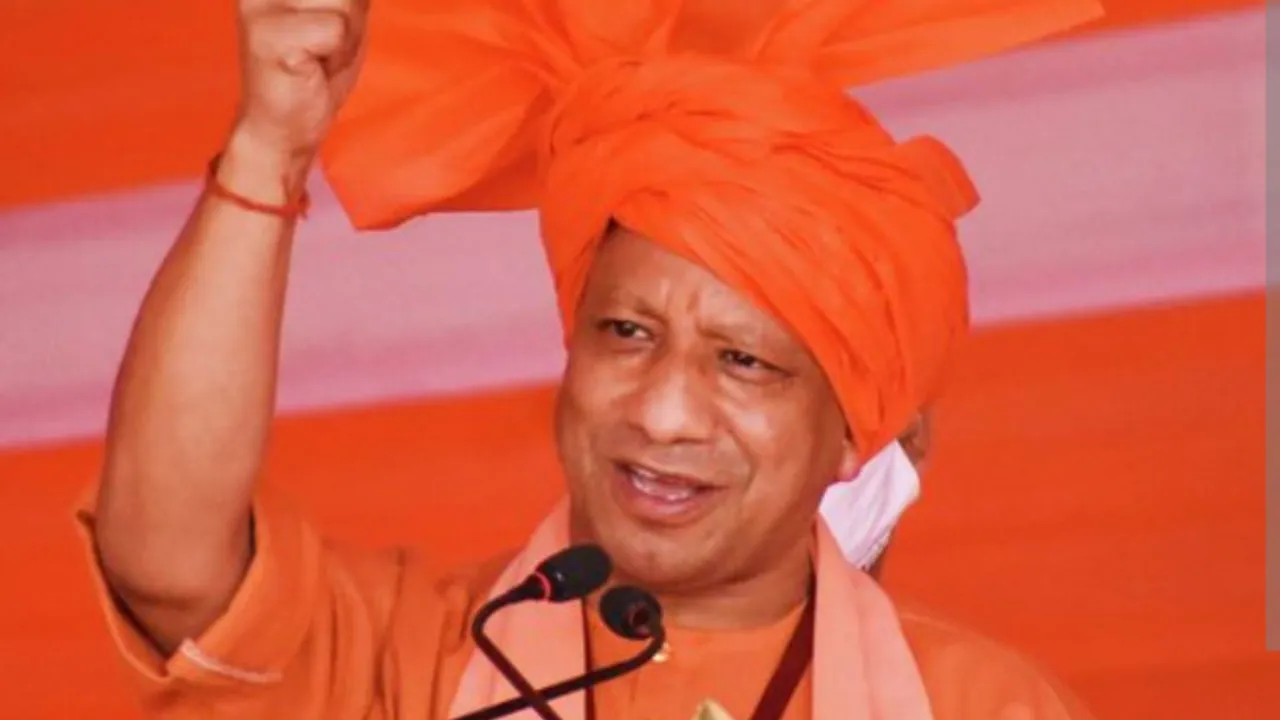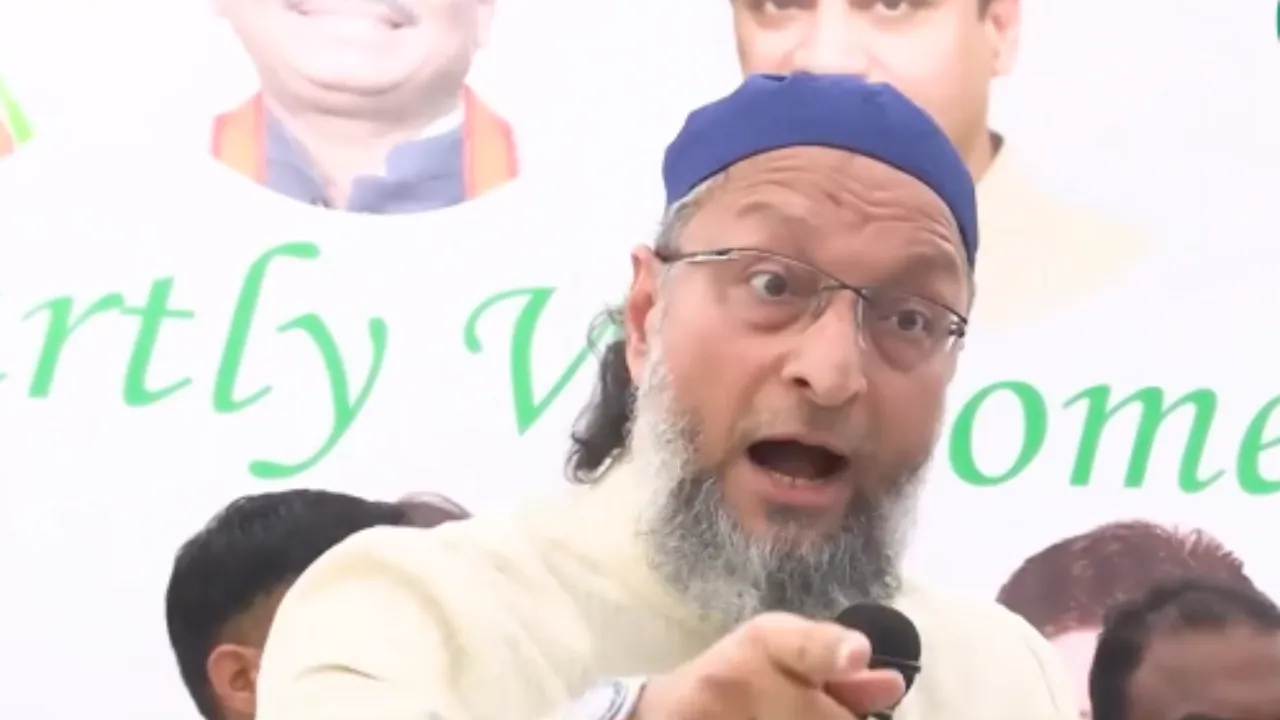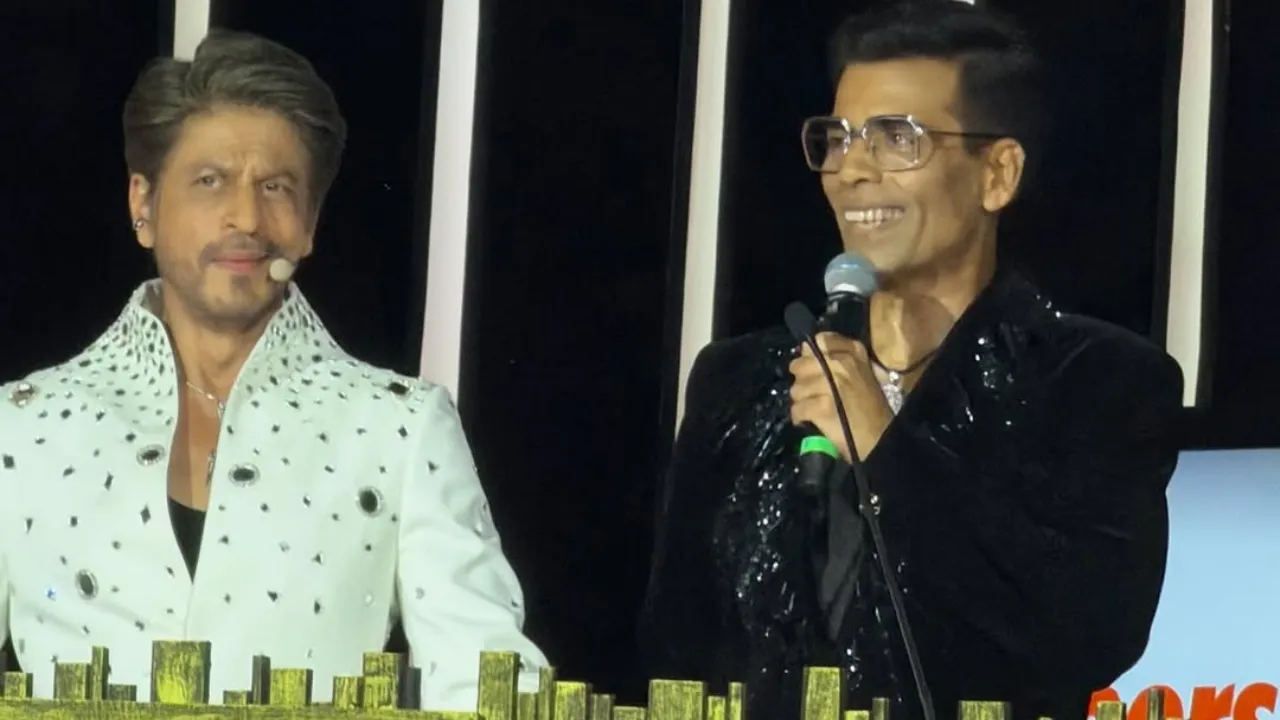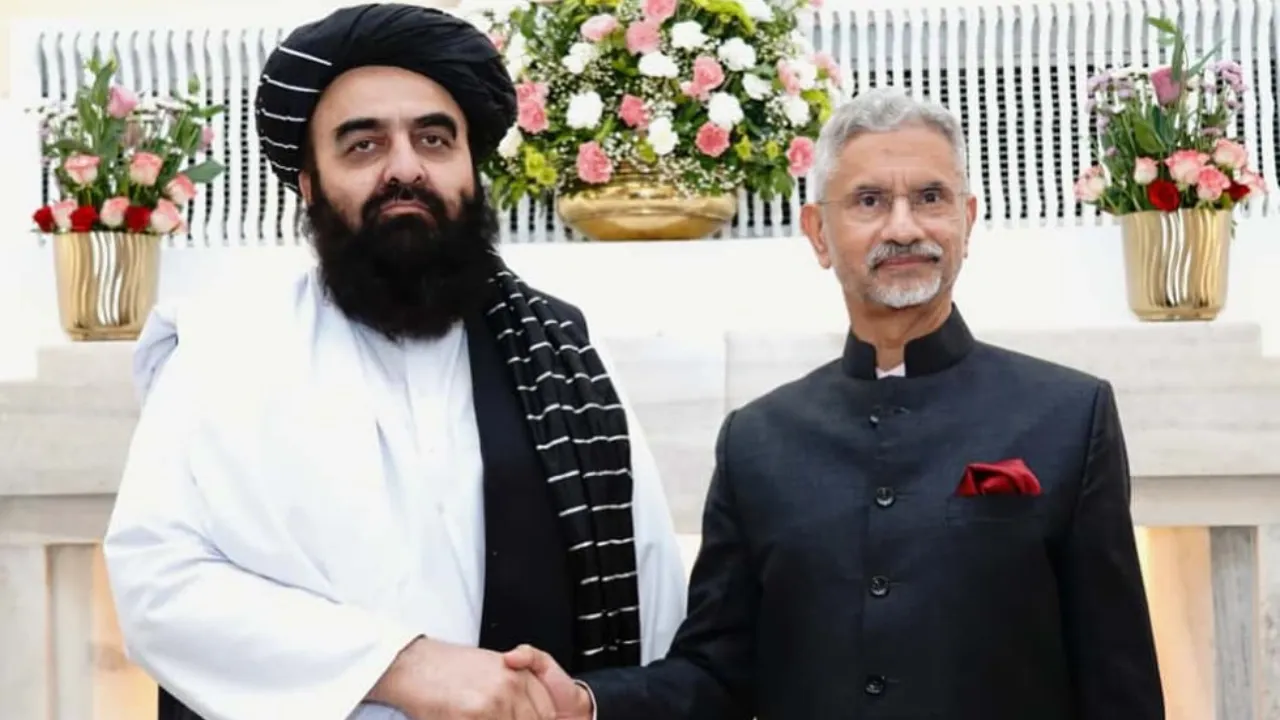Ramayana, Mahabharata villains exist even today in new forms: Yogi Adityanath
Introduction — what did Yogi Adityanath say and why it matters
Uttar Pradesh Chief Minister Yogi Adityanath recently drew a parallel between the villains of India’s ancient epics and present-day forces that, he said, threaten social harmony. Speaking during Vijayadashami events in Gorakhpur, he warned that characters like Shurpanakha and Tadaka—who wreaked havoc in the Ramayana and Mahabharata—have modern counterparts who aim to divide society. This analogy has attracted wide media coverage and public discussion across the country.
Context — when and where the statement was made
Yogi Adityanath made these remarks while addressing gatherings in Gorakhpur on Vijayadashami, an occasion associated with the victory of good over evil. The event was marked by religious ceremonies, a public procession, and speeches where he emphasized cultural values and vigilance against divisive forces. Multiple news agencies carried the speech and quoted his call for followers of Sanatan Dharma to be alert to contemporary villains.
Why leaders use epic analogies
Drawing on epic narratives is a common rhetorical device in India. Leaders often invoke stories from the Ramayana or Mahabharata because these epics are deeply familiar and carry clear moral frameworks—conflict, duty, and the triumph of righteousness. By using these analogies, they aim to translate ancient moral lessons into present-day civic warnings or political messages.
What Yogi Adityanath specifically warned against
The chief minister singled out people and forces that, in his view, seek to create discord based on caste, religion, or social divisions. He compared them to mythic antagonists and urged unity under the banner of Sanatan values. He also praised organizations that, according to him, work toward national cohesion. His remarks were framed as a call for vigilance rather than a policy announcement, though they reflect his broader messaging on law and order.
Reading the statement — political and social implications
Comments like these have layered implications. On one level, they are moral exhortations not to let divisive behavior weaken society. On another, they carry political weight in a state like Uttar Pradesh, where identity, religion, and governance intersect closely. Short-term, such statements energize supporters who see them as affirmations of cultural pride. Long-term, they sharpen public debate about pluralism, civil liberties, and the role of religious symbolism in governance. Analysts often watch whether this rhetoric translates into actual policies, educational changes, or law-and-order measures.
How media and public reacted
National media quickly reported the speech, highlighting the epic analogy and his call to vigilance. Commentators offered mixed views: some framed the remarks as a reminder to resist social evils, while others questioned whether invoking mythic enemies risks oversimplifying complex problems or alienating sections of society. Social media amplified the message, producing both praise and criticism. This is common whenever politics borrows heavily from cultural or religious symbolism—interpretations vary depending on political leaning, region, and personal sensitivities.
Historical pattern — epic motifs in Indian public discourse
Yogi Adityanath’s use of Ramayana and Mahabharata motifs fits into a long tradition where Indian leaders use cultural narratives to discuss modern challenges. From education to public ceremonies, epic characters are often used as shorthand for moral categories—hero, villain, protector, betrayer. This makes civic lessons easier to understand for a mass audience. However, it also carries risks because archetypal figures are symbolic and may oversimplify nuanced social realities. Care is needed when translating epic stories directly into modern policy contexts.
What to watch next — practical takeaways for citizens
If you are following this story, there are practical steps to consider. First, read diverse news sources to understand both the speech and its coverage. Second, separate cultural framing from concrete policy. The speech was symbolic, so it will be important to watch whether it is followed by administrative actions or legal measures. Third, engage constructively. If you are concerned about divisive language, you can participate in local civic forums, support inclusive initiatives, or express your views to elected representatives. Finally, look out for follow-up statements or clarifications from Yogi Adityanath’s office for additional context.
Balancing cultural identity and civic inclusion
Statements that appeal to cultural identity can strengthen society when they highlight inclusive values. However, both leaders and citizens must ensure that cultural references are not turned into tools for exclusion. A healthy democracy thrives when cultural pride is balanced with the protection of minority rights, adherence to law, and respect for open dialogue. Yogi Adityanath’s message has the potential to inspire unity, but how it is received and acted upon will determine its real impact.
Conclusion — reading the message beyond the rhetoric
Yogi Adityanath’s analogy that epic villains reappear in new forms resonates because it taps into familiar moral language. The immediate effect is public debate: supporters see it as a call to moral vigilance, while critics view it as polarizing. What matters going forward is whether the remarks remain symbolic or translate into concrete policies, and how those actions influence social harmony. For now, the speech is a reminder that stories from the Ramayana and Mahabharata continue to shape political language in India. Citizens should track both the rhetoric and the actions that follow, assessing their impact on democratic values and social cohesion.
Also Read: Rukmini Vasanth’s Kantara Role Sparks Fan Frenzy!













